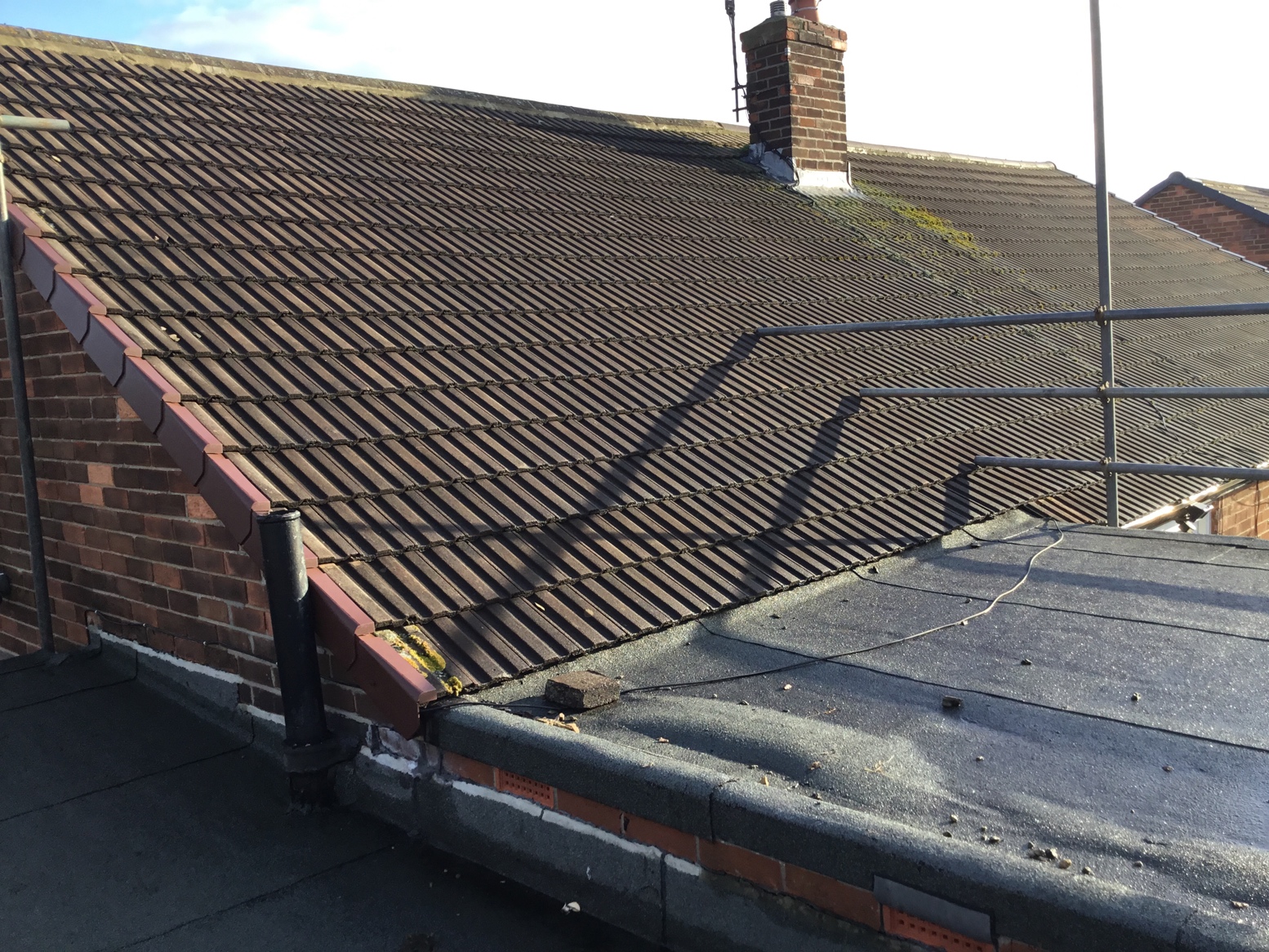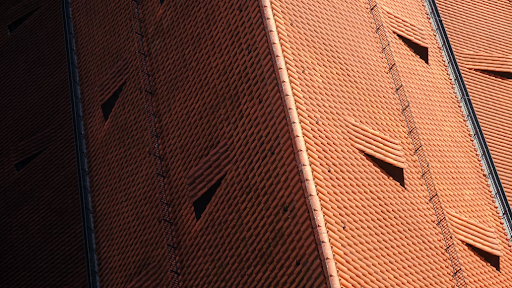When it comes to tackling home renovation projects, window replacement is usually done due to old windows and doors that are in need of replacement and energy efficiency upgrade.
There are numerous warning signs to watch for when it comes to the current state of your windows. Furthermore, Canadian window manufacturer Ecoline Windows points out that there are several great reasons to consider an upgrade even if your windows are still in relatively good shape.
One need look no further than the generous energy efficiency rebate programs being offered by various Canadian provinces and U.S states as an example. Those rebates can greatly reduce the cost of a window upgrade while boosting your home’s value by even more than you paid out, making them a net positive even aside from their other benefits.
In terms of windows’ average or potential lifespan, 15 years or more is a figure often cited by those in the industry as a relatively safe benchmark.
The company believes that rather than going solely by age, homeowners should instead consider each window on a case-by-case basis, weighing its current condition, style, and utility against some of the options currently on the market.
Window Warning Signs
Let’s consider a few of the major warning signs that could signal that your windows are in desperate need of replacement. Certainly, their visual appearance tops the list, in both condition and style. Damaged windows that have suffered chips, stains, or other forms of deterioration should be no-brainers to replace, while old and outdated windows should be perilously close to falling under the headsman’s axe.
It’s not just your windows themselves that can show warning signs however, as Ecoline Windows points out that the once-vibrant colors found on your window treatments, furniture, and carpets will fade faster when exposed to the UV rays that older, single-pane windows do a poorer job of blocking.
Other warning signs include greater difficulty in opening and/or closing them, as well as more trouble cleaning them, issues which are greatly mitigated or eliminated altogether with newer windows. It may also be difficult to find replacement parts for some older windows, making it all but a necessity to turn to an upgrade.
The Impressive Energy Savings of New Windows
Less energy efficient windows pile up a continual, ongoing tab on your energy bill, forcing your air conditioner to work harder in the summer, while forcing the furnace to work longer hours during the winter. The glass in our windows comes with a standard Low-E coating. Rooms that get a lot of direct sunlight can overheat during the day. Low-E glass reflects sun rays away from the house and keeps your home comfortable. There are different Low-E coatings based on how much the home is exposed to the sunlight. The same technology stops heat from escaping the home during the winter, reducing heating costs.
Windows are becoming more energy efficient with each passing year, as demonstrated by the updated energy efficiency standards released by ENERGY STAR for 2020, which lay out the various characteristics which windows must adhere to; standards which are met by all of the windows manufactured in Canada by Ecoline Windows.
Among those characteristics are a window’s U-Factor (how much heat passes through the window), its air leakage, and its solar heat gain coefficient, which are combined into an overall energy rating.
ENERGY STAR notes that households save an average of 12% annually on their utility bills when making the switch to certified windows, doors, and skylights, while switching out single pane windows alone can reduce annual energy costs by as much as USD585.




 POSTED BY
POSTED BY 

